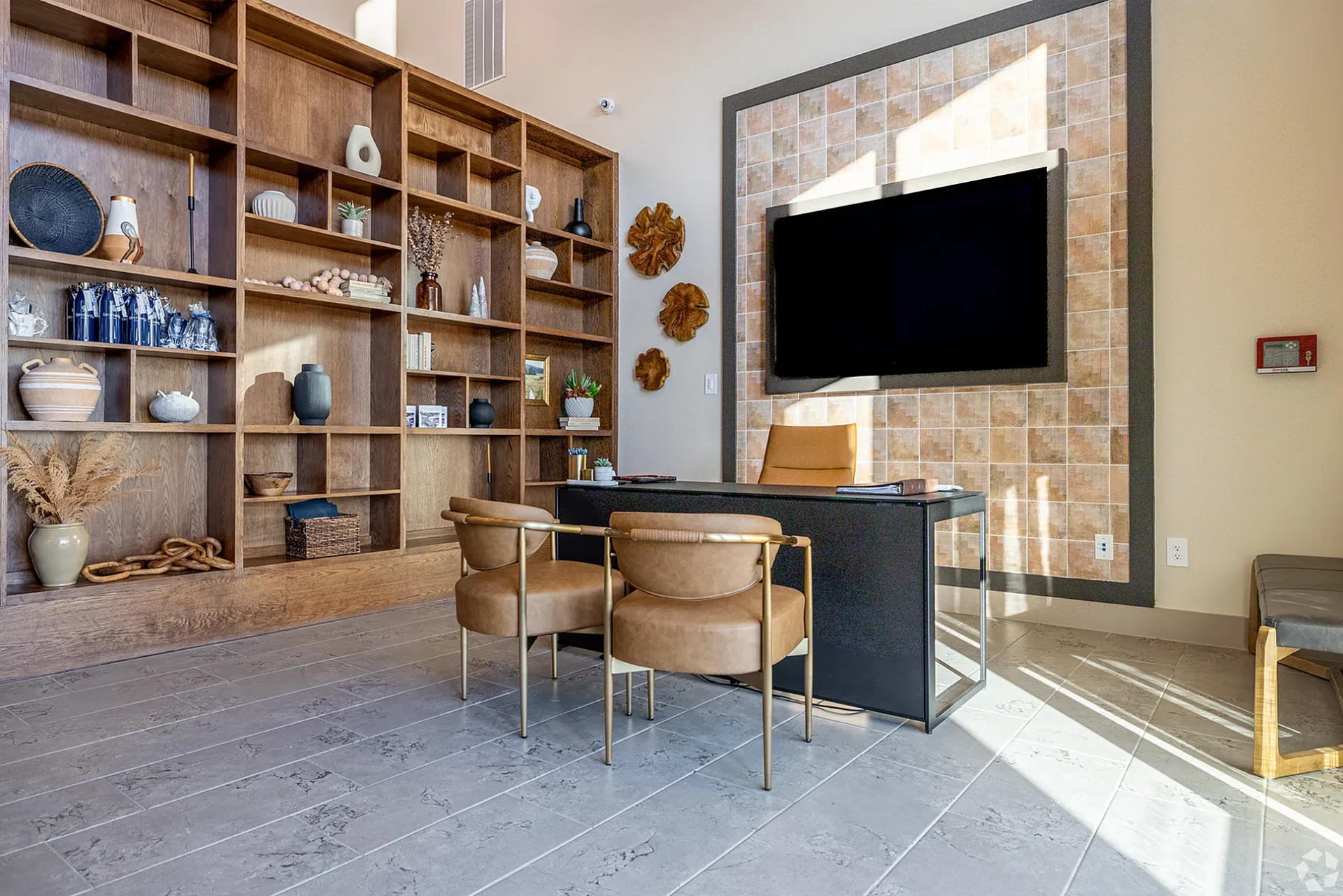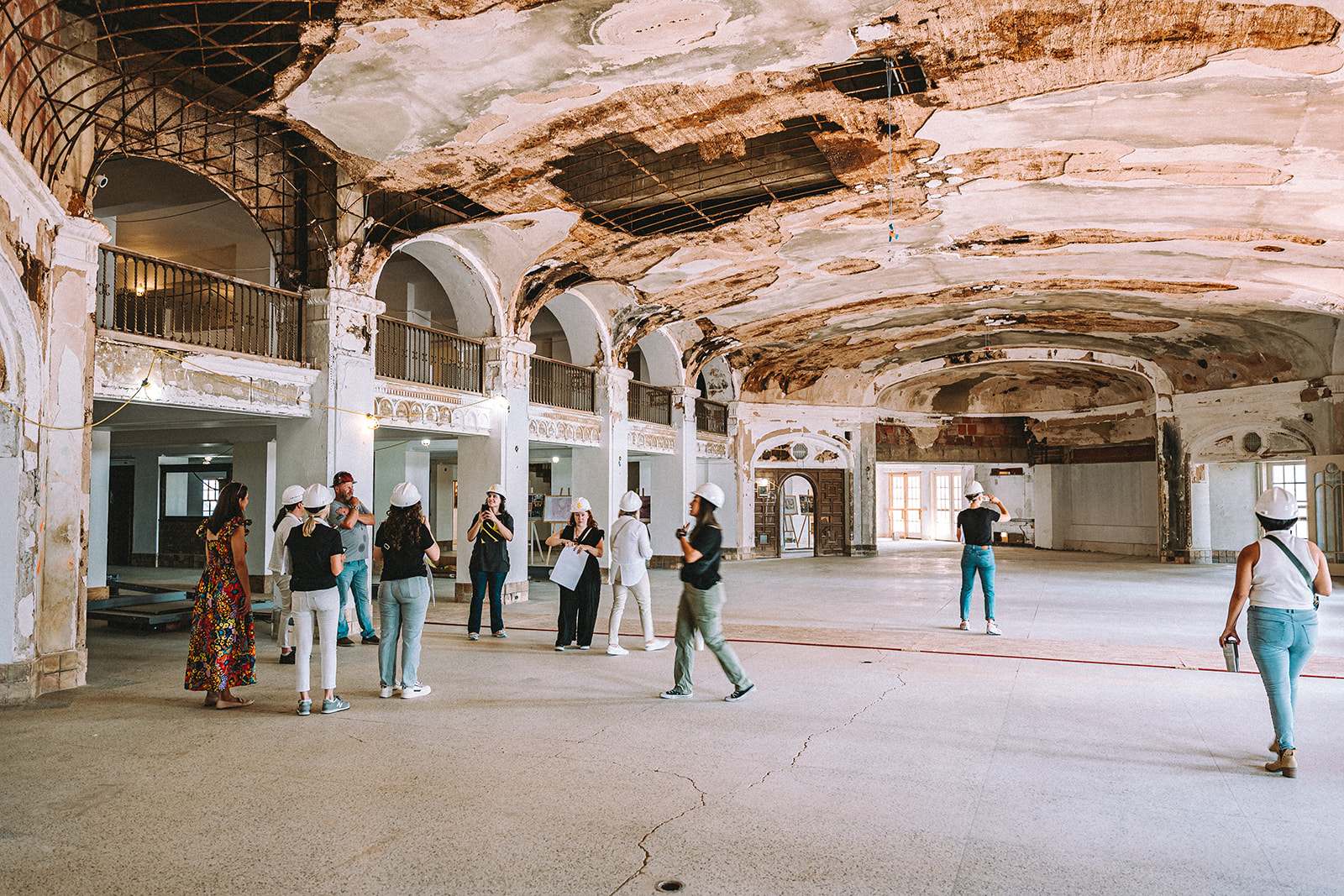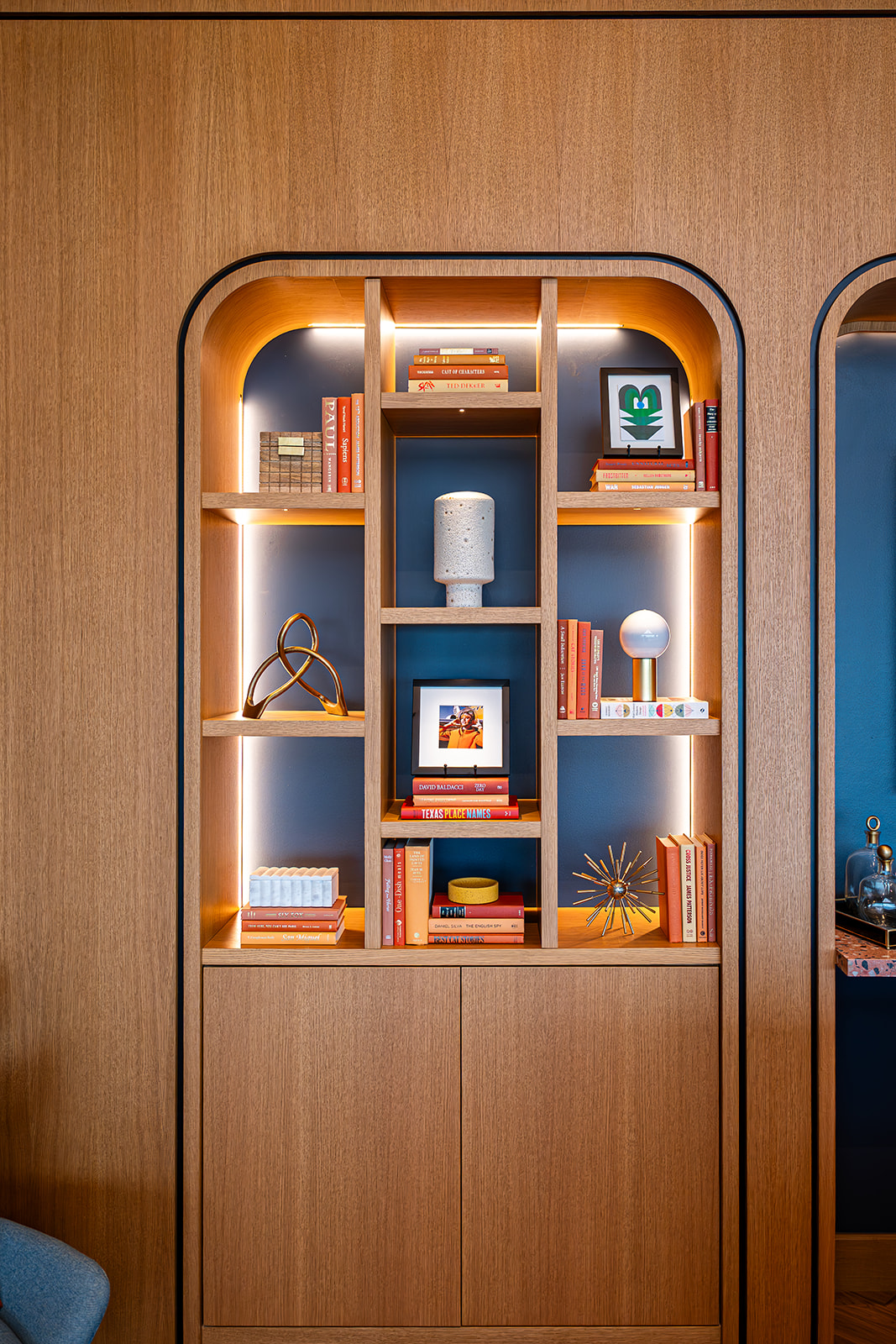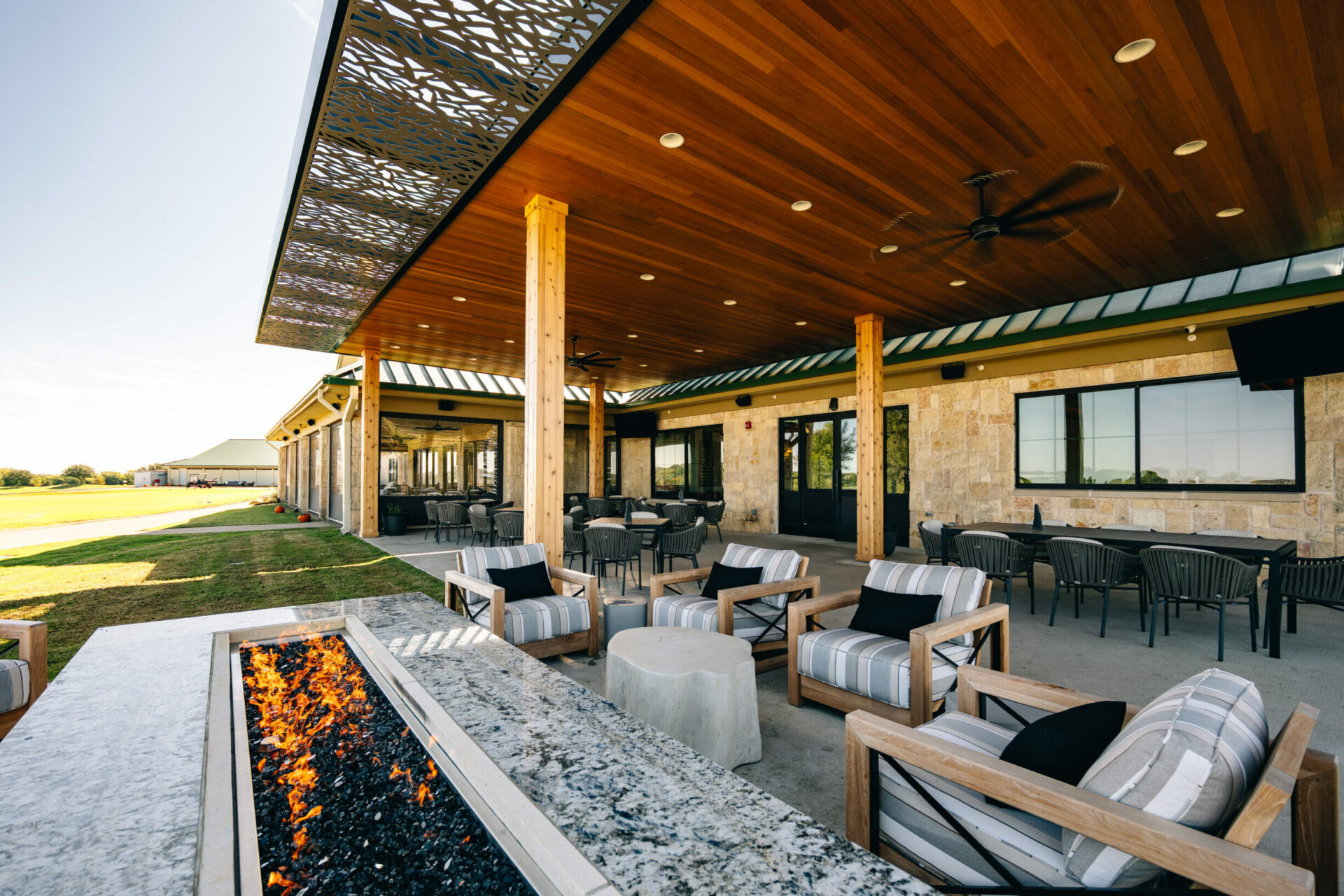
Golf and country clubs have a long history of providing a place for members and guests to access exclusive amenities and gather with peers. Yet many club owners are finding they can no longer rely on time-tested formulas for meeting membership retention and growth goals. The way members and guests live and work has changed, and clubs’ long-term sustainability relies on staying ahead of these shifts.
With these changes, golf and country clubs may find they are no longer competing against the clubhouse down the road. Instead, they may be competing against the newest restaurant or entertainment venue or even, in some cases, the experiences available in today’s high-end homes.
Moreover, changes in how people live and work are pushing many club owners and operators to adopt a more family-centric approach to space utilization and programming.
To meet members’ evolving expectations, golf and country club design and programming must adapt. This is driving tremendous changes in how clubs serve members and guests and generate revenue.
4 Big Trends Impacting Country Club Design
1. Golf serves as a flywheel for family-centric programming and à la carte content.
Perhaps one of the biggest changes many clubs are seeing is a demand for expanded programming. For years, business has been conducted and relationships built on the golf course.
This utilization has made it a strong earner and a central showpiece among other club offerings. Today’s club owners and operators are recognizing the need to deliver programming for the non-playing spouse or significant other who often serves as the purchasing decision-maker.
Golf may bring members into the club, but programming that serves the entire family keeps them there. Club owners are delivering new health and wellness experiences, a range of dining experiences, arts and entertainment, and lifestyle sport options.
Blake Walker, Founder, Chairman, and CEO of Arcis Golf, the 2nd largest and fastest growing private, resort and daily fee club owner and operator in the U.S., finds that these shifts in offerings are driving changes in country club design, reflected in differentiated programming, branded experiences, and intentional architecture and interior design.
Consider, for example, how the pro shop is becoming a retail space for the entire family. “Conventionally, within a private club’s pro shop you can expect to find a large desk with a golf pro standing behind it,” Walker explains.
“When you walk into Cowboys Golf Club in Grapevine, Texas, you’ll find these clubs have a decidedly feminine aesthetic. The lighting is different. The inventory mix is closer to 70% lifestyle with 30% golf balls and other sports equipment. The individuals working here come from a retail background, not from a golf instruction background. And this difference is felt throughout the facility.”
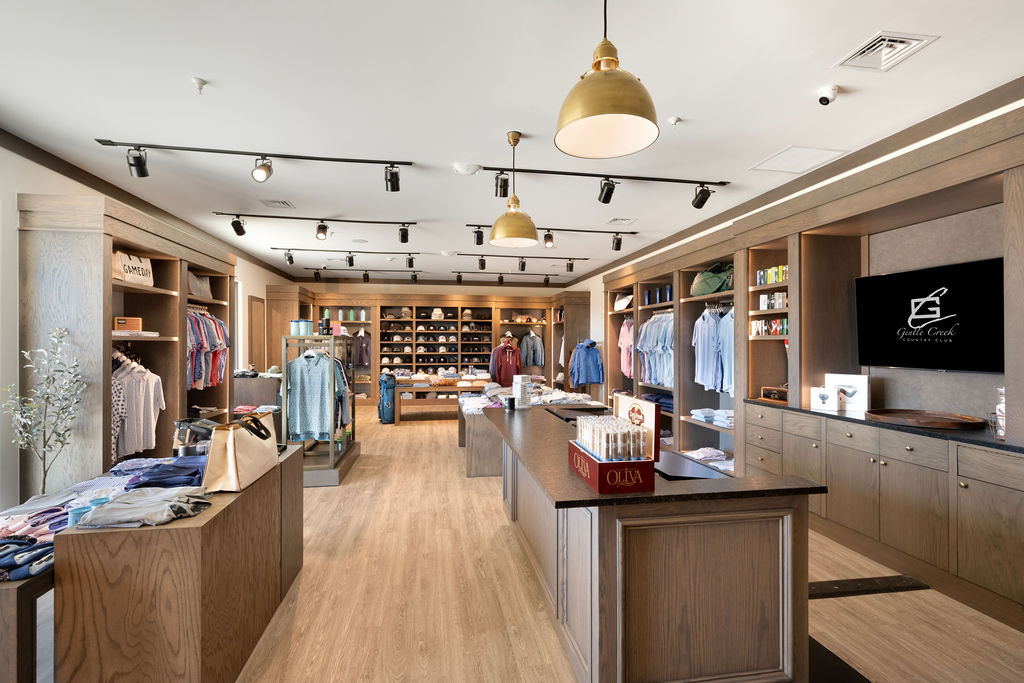


2. New membership models are pushing demand for innovative experiences.
As people utilize club spaces differently, there’s a growing shift among venues that offer alternative spending models. Daily fee clubs, for example, offer subscription models that give members the flexibility to cancel membership in any given month or in off seasons.
Private clubs are similarly reevaluating membership models, with growing popularity in multi-generational membership. With these models, operators must continue to innovate around food and beverage offerings to retain members of every age and background.
3. Focus on member programming is pushing club owners to rethink event spaces.
Weddings and other large events may generate significant revenue for clubs, but owners are increasingly thinking about strategies that increase their earnings per square foot through the day. This focus on building around-the-clock space utilization through content programming engagement has many club owners thinking differently about their event spaces.
For example, The Club at Ruby Hill in Pleasanton, California, featured a cavernous dining room that served as a show-stopping wedding reception space but left weeknight diners feeling isolated. In terms of maximizing the use of each asset per square foot, prioritizing the event space didn’t make sense.
To maximize the space’s value, the club converted an adjacent utility room into a luxurious “wine cave” that could be accessed by members from a private, secluded exterior entry. This design change created a new intimate dining space that caters to the varied interests of its membership.
Following the renovation, the Ruby Hill clubhouse featured a richer range of dining offerings. The Estate “wine room” provides an exclusive venue for up to 12 people, while The Cellar offers a striking and elevated dining experience. Its barrel-vaulted ceilings adds drama to the large space while tasting and dining alcoves add to its intimacy.
These spaces flow into The Reserve dining area and open to an outdoor patio. Locating the bar near the patio, and pairing outdoor seating with amenities that include fire pits and bocce ball courts enables this outdoor space to generate more dollars per square foot than any other location in the club.
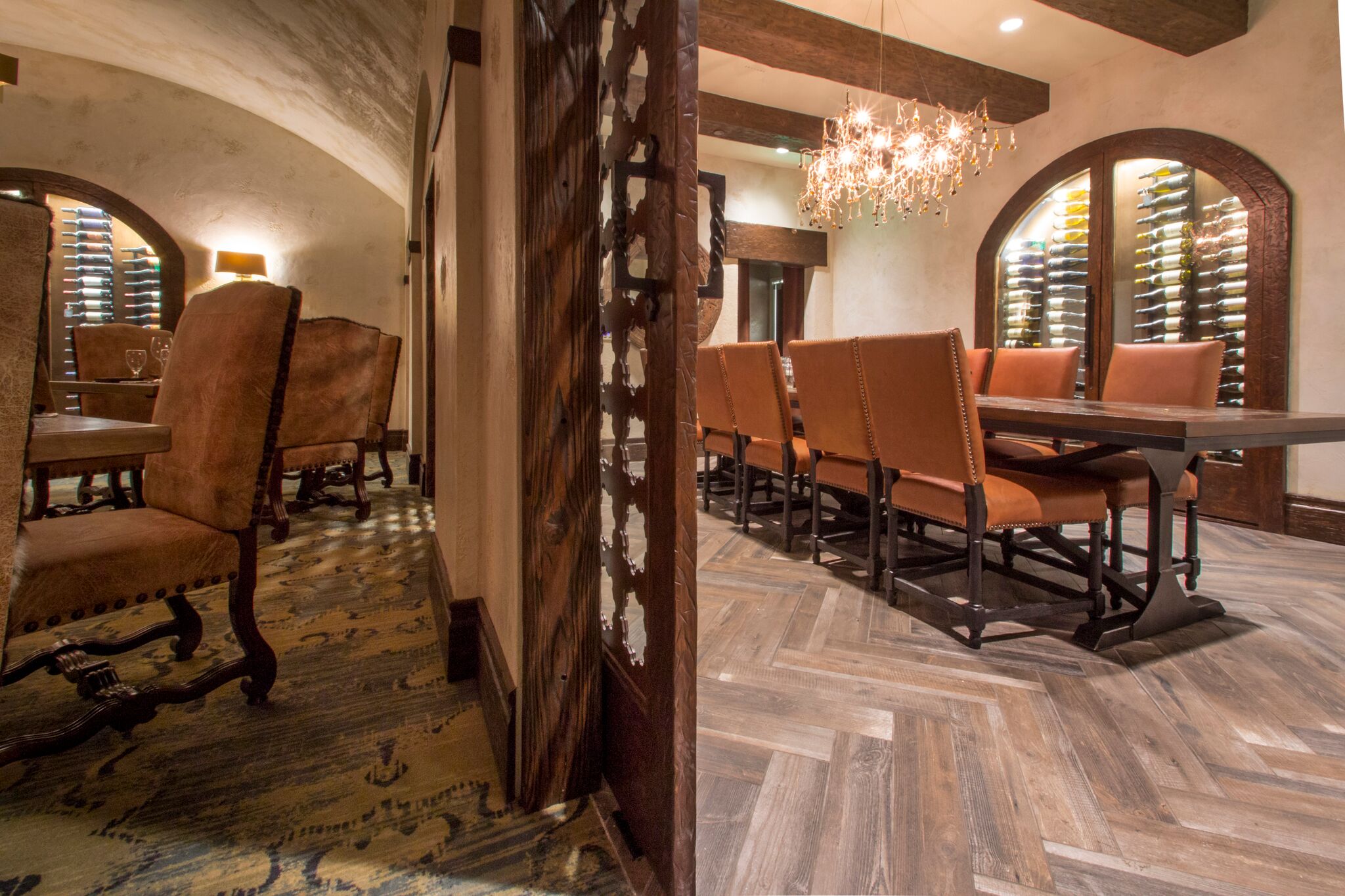
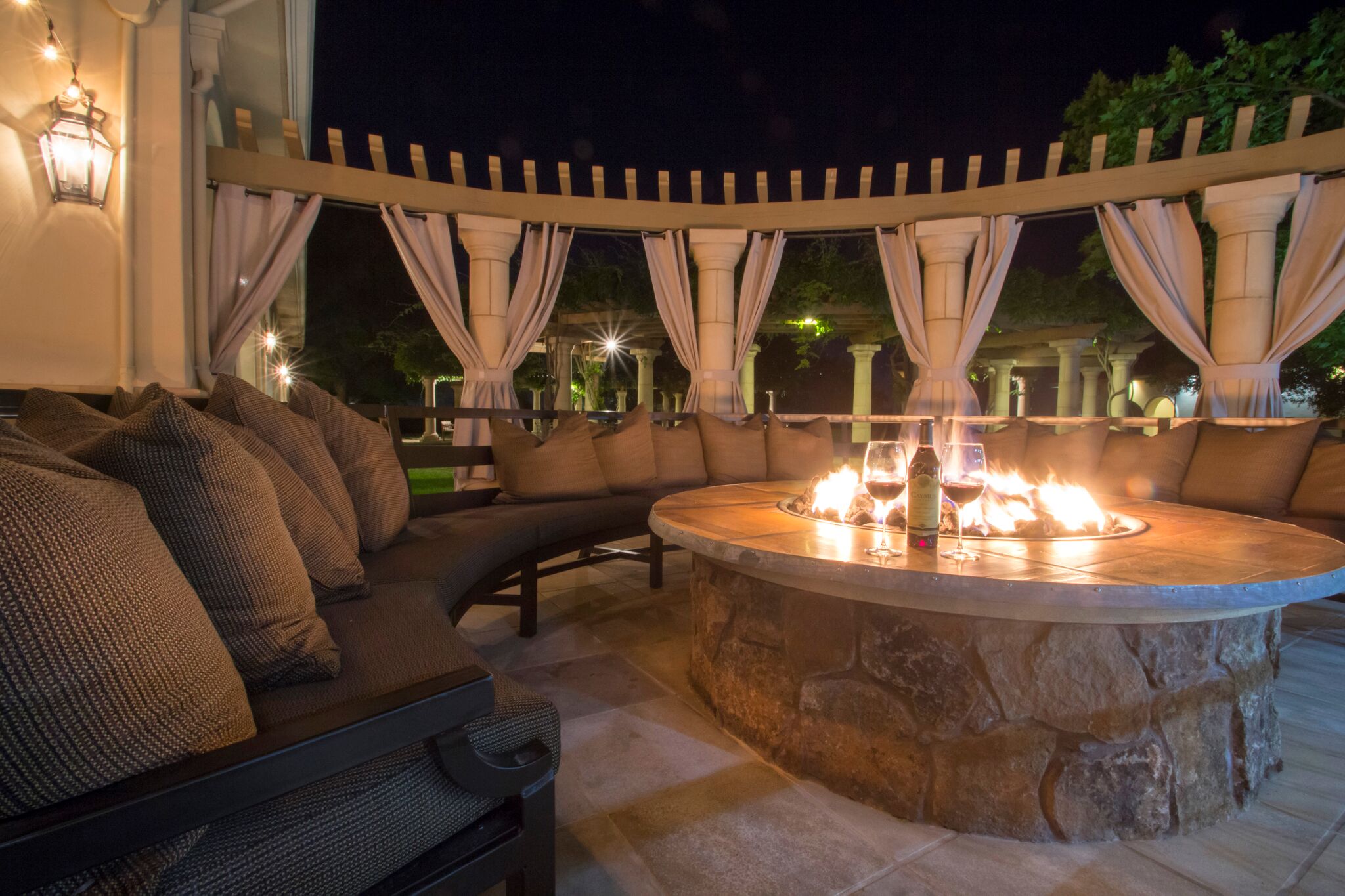
4. Food and beverage options are expanding and evolving.
Club owners aren’t just adding variety to their content offerings. Food and beverage experiences are changing as well.
Clubs are adopting food and beverage venues that appeal to the entire family, including casual lunch spots, teen-friendly pizza places, and cozy venues where friends and couples can gather over a drink.
Certainly, the bar remains a central part of the member experience. However, evolving country club designs create a natural distance between the bar and more family-centric dining areas.
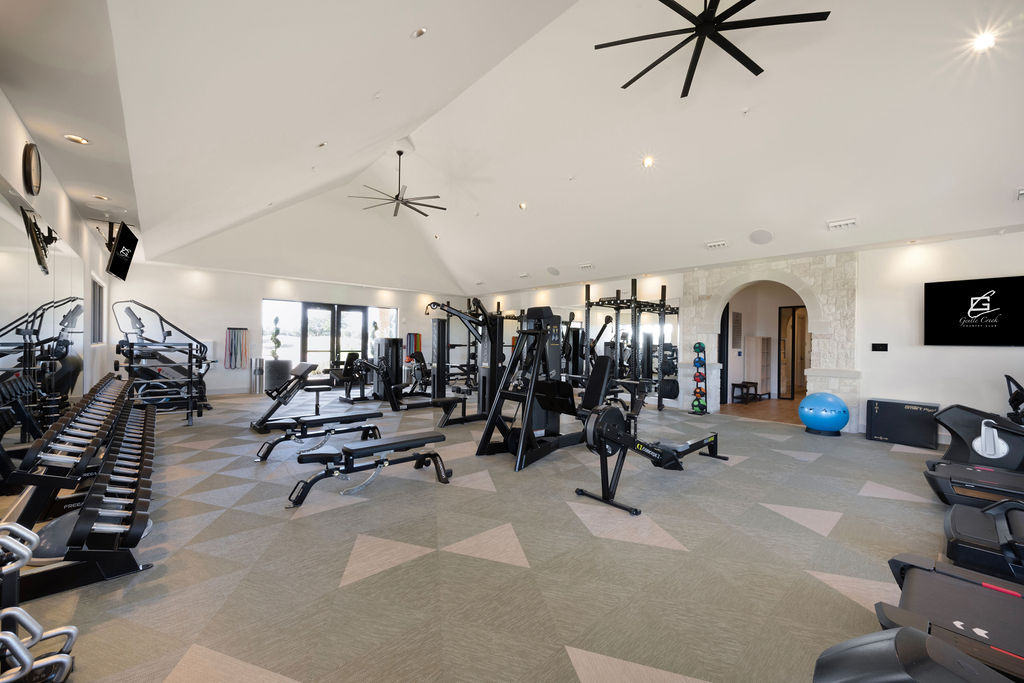

The Clubhouse of the Future
Club owners may find themselves facing similar challenges, but the solutions should look vastly different. That’s because members are turning to their club to provide an experience they can’t get anywhere else.
Walker predicts that, in the future, those experiences will increasingly focus on health and wellness. “Private clubs are already trending in this direction, but I see more clubs leaning into health, wellness, nutrition,” he says.
To reach more consumers, future clubs will also more likely embrace a family-centric daypart programming strategy, Walker says. A guest might play nine rounds of golf, swim in a resort-style pool, then meet the family for a meal at a restaurant that specializes in healthy food. Consumers will be able to select the experience they want, and, at daily fee clubs, be able to opt in and out of the accompanying membership much the way they do online streaming services.
To appropriately tailor their offerings, owners should be familiar with their target consumer segment and micro markets. Member surveys and focus groups provide essential guidance for programming, menu offerings, and aesthetics.
Looking beyond the “norm” for an experience that provides opportunity for gamification, entertainment, and frictionless family-centric programming is key for developing a clubhouse that exceeds member and guest expectations. A partner with experience in country club design can turn this input into a venue that celebrates local nuances and effectively breaks down boundaries between work and play.
Thiel & Team has ample experience helping country club owners create unique spaces that delight and engage members. If you’re ready to transform your club experience, reach out to a member of our team today.

